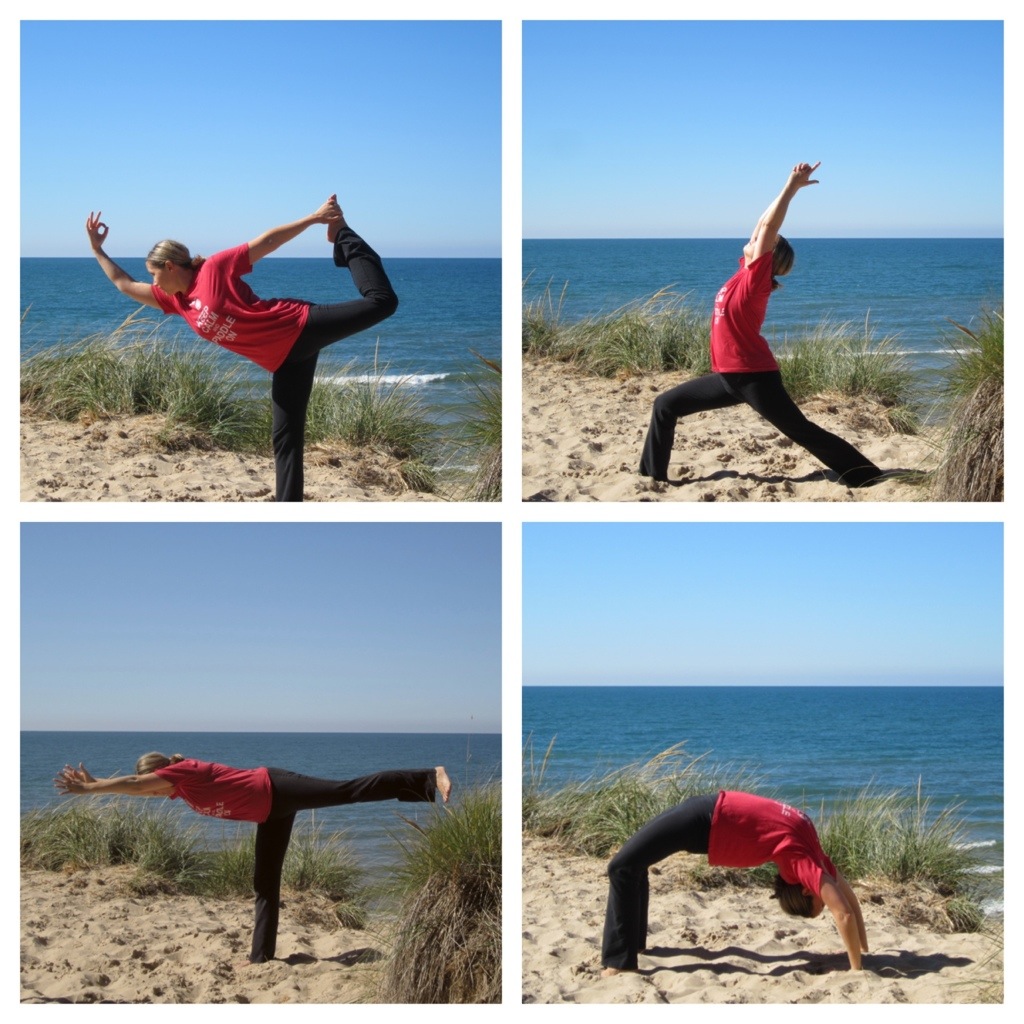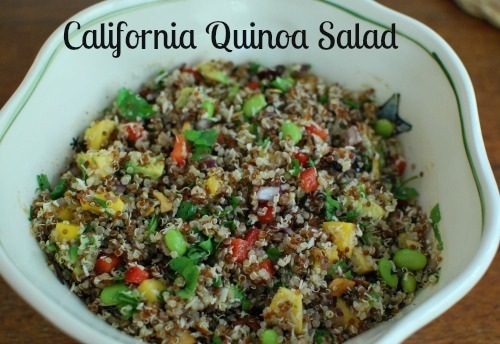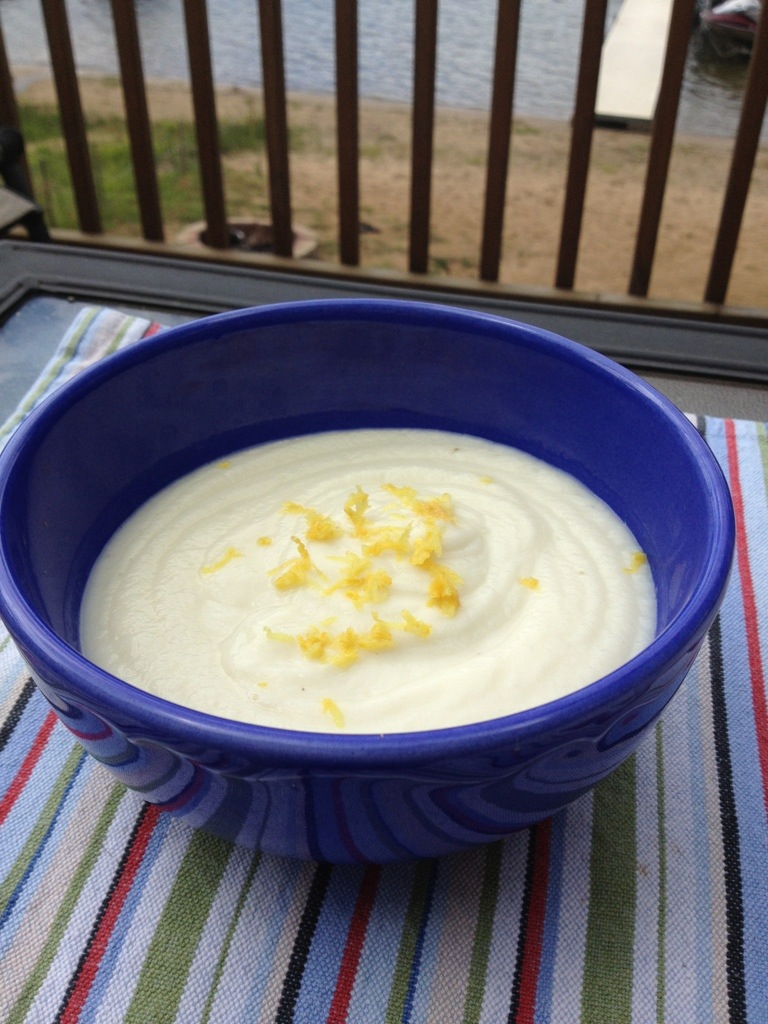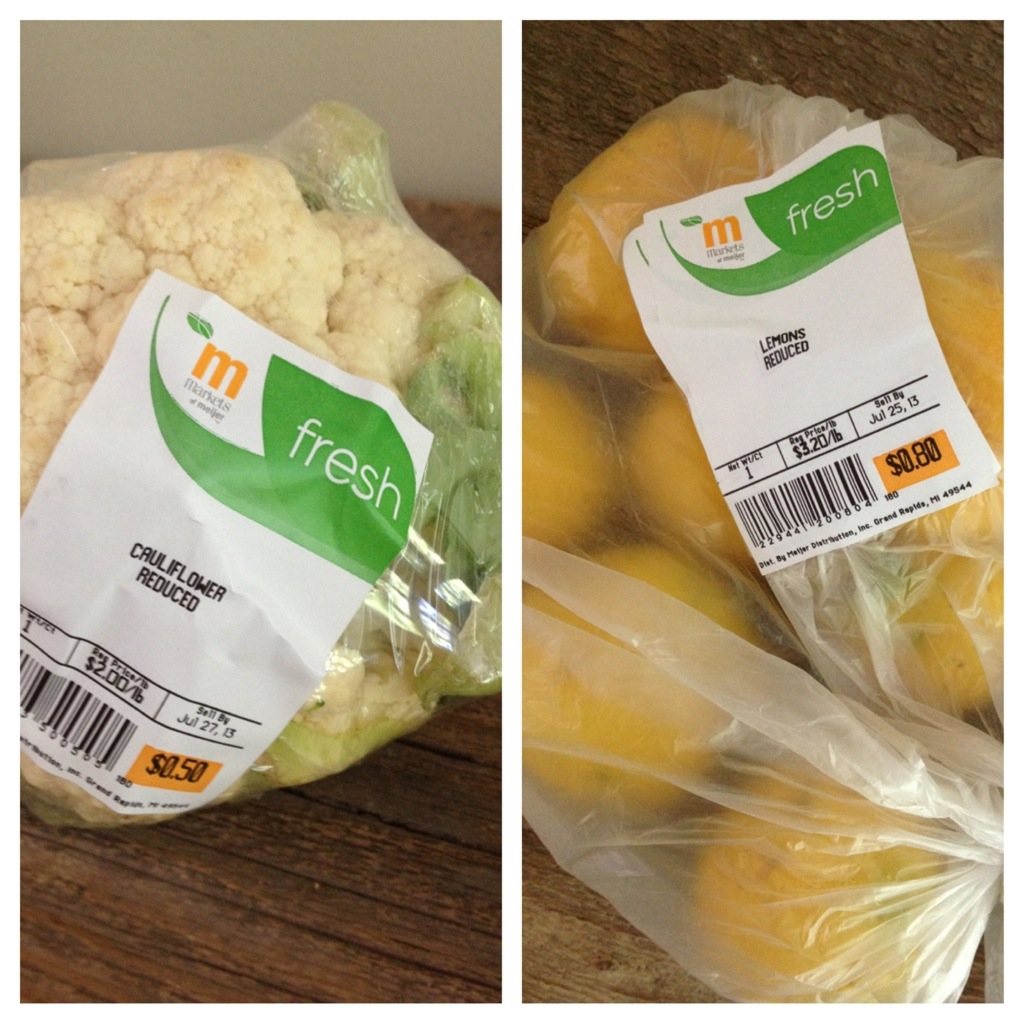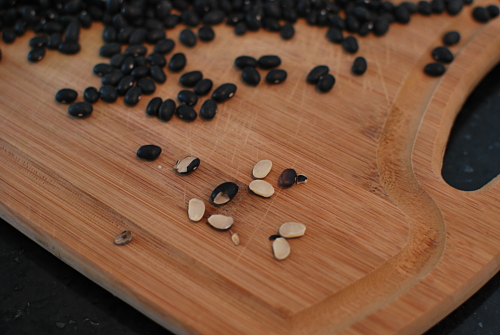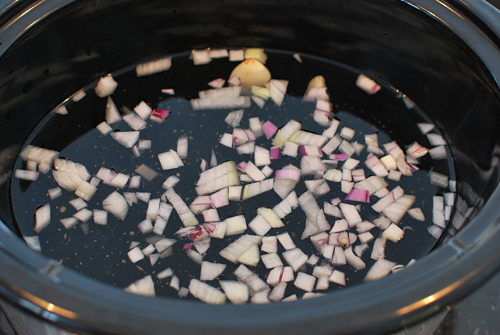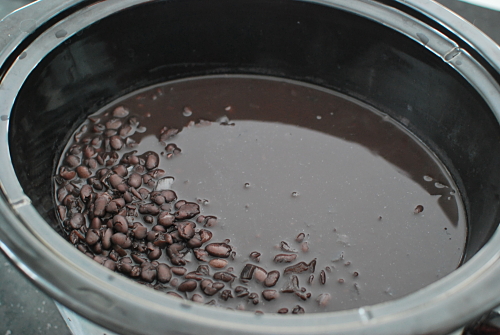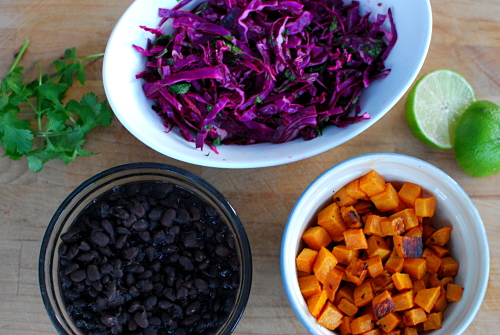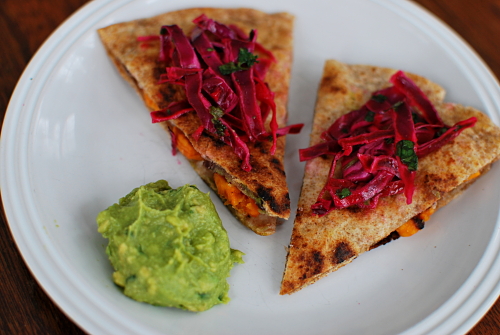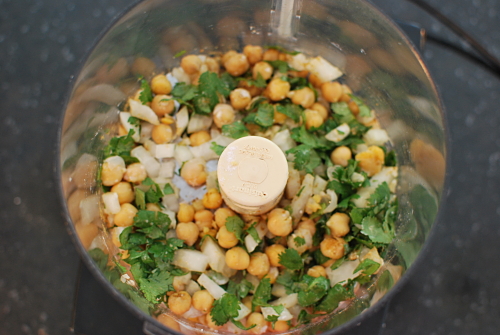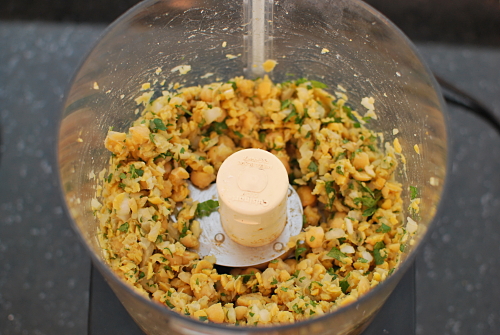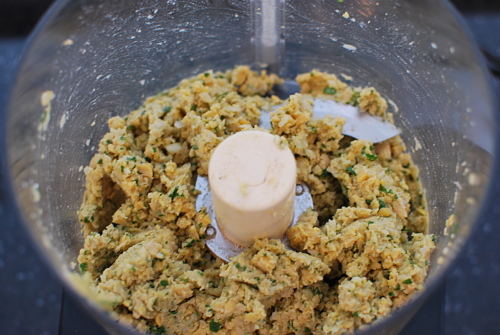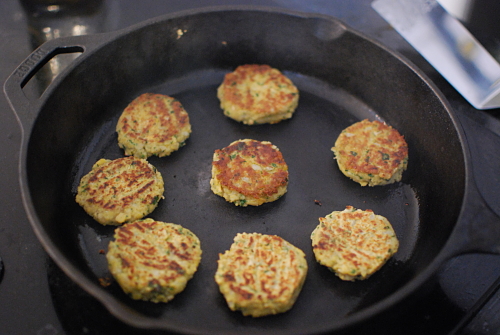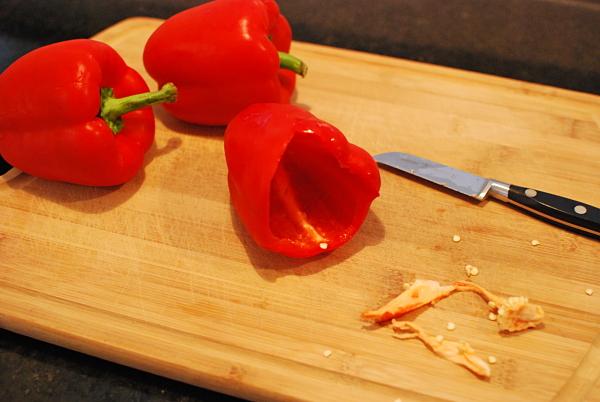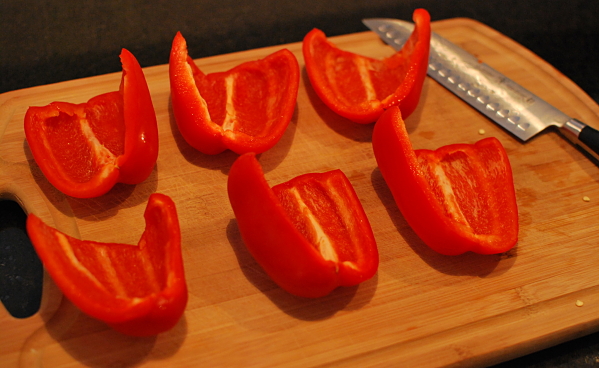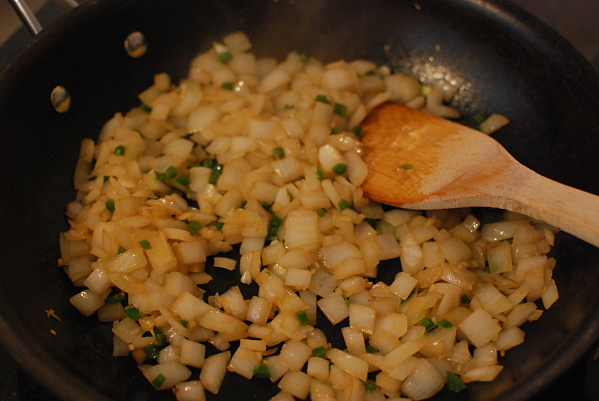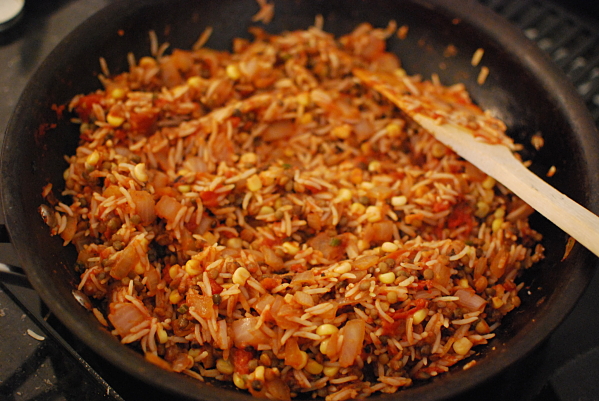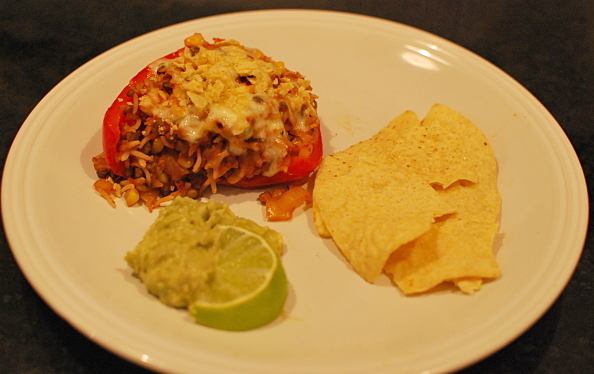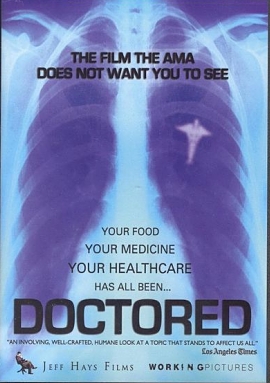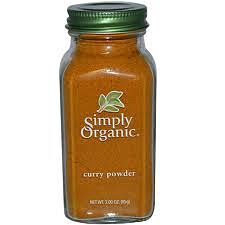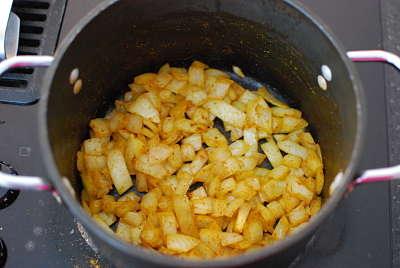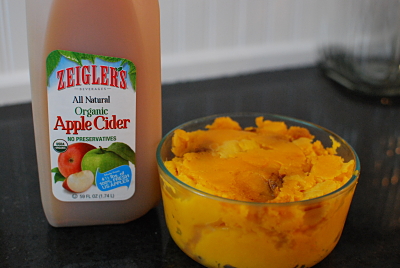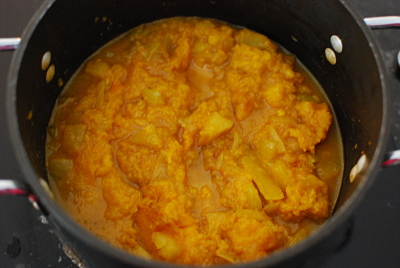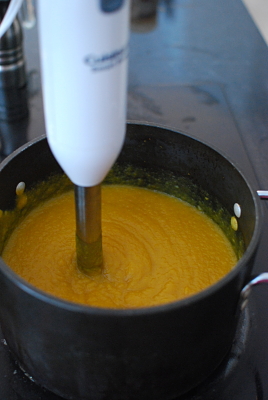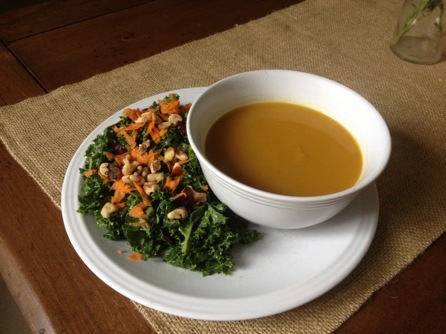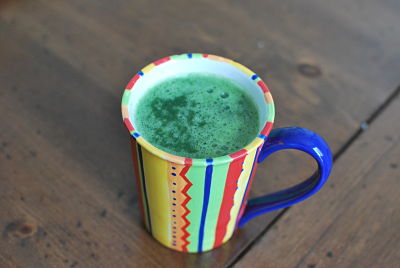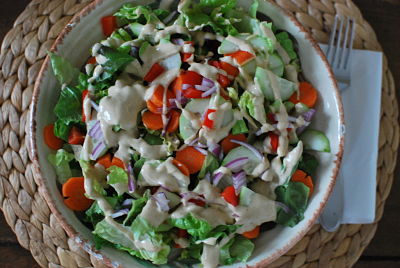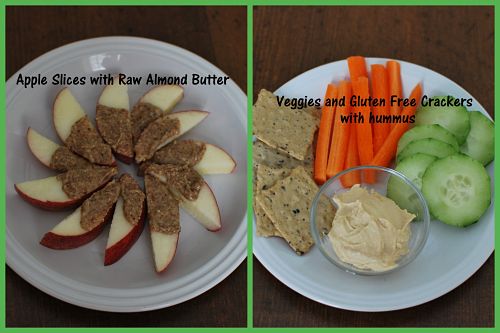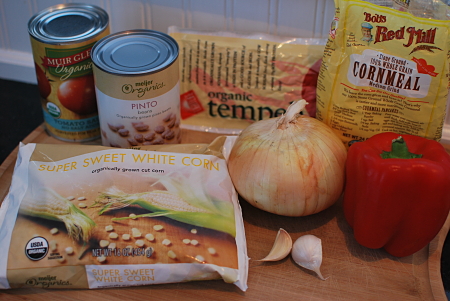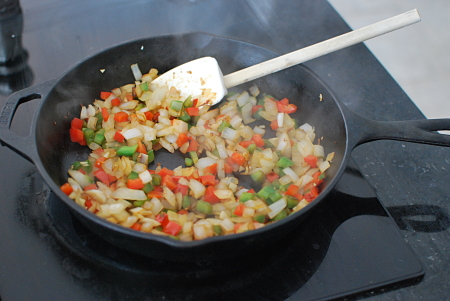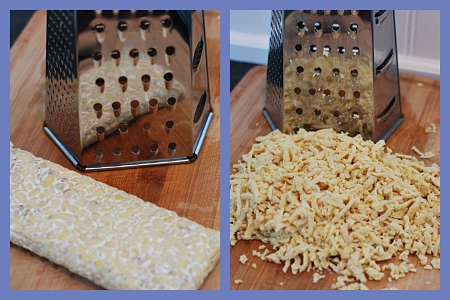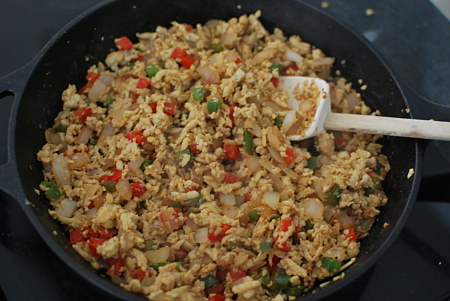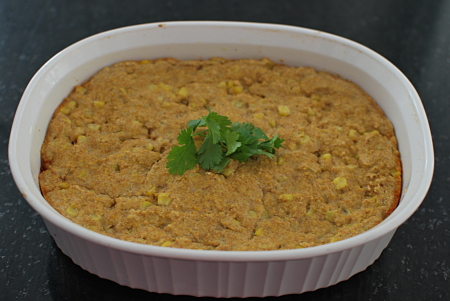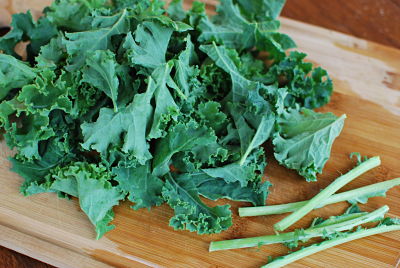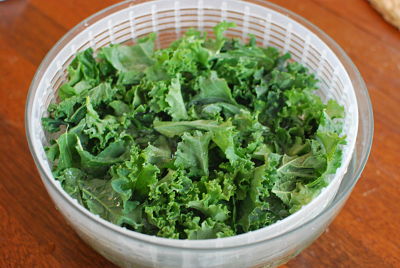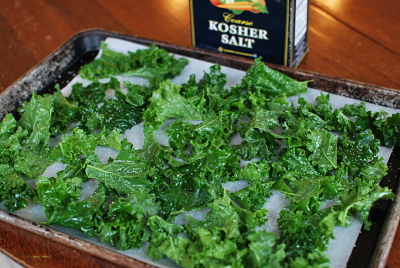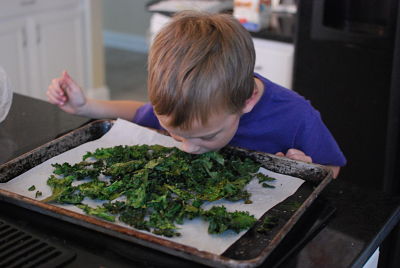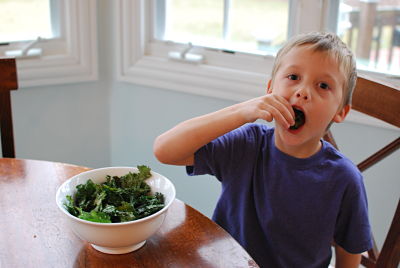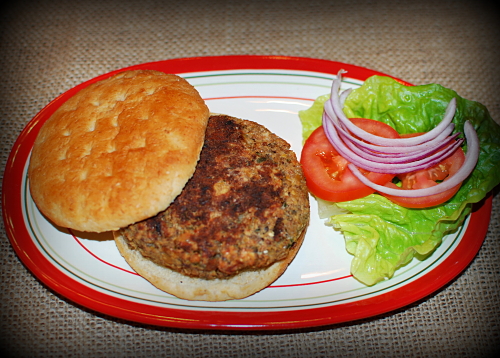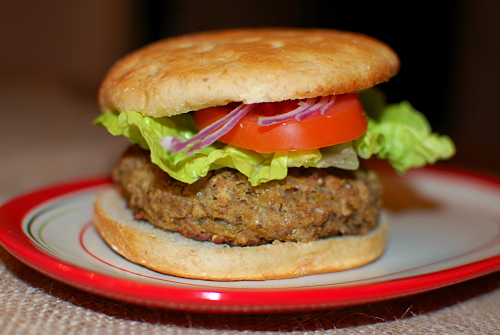This past Spring Break, we took a family trip out to California….and pretty much fell in love with it. We especially loved Southern California! Luckily, being in the Stand Up Paddleboard business, we have a lot of opportunities to travel out there. Actually, Darren just spent a week in Laguna Beach and Coronado for some meetings, networking, and a race. I loved seeing all of the pictures, but was kind of bummed that I didn’t get to make the trip with him this time. I shouldn’t complain too much since we have some pretty awesome beaches and trails near us. Whenever I need my “beach fix” I just head across the street to this….
Today was the perfect day for a jog on the trails –
running the stairs-
and a cool down walk on the beach –
Ending with a few yoga poses since I missed my usual class this morning.
I was definitely ready for lunch by the time I got home! It only seemed fitting to make this quinoa salad inspired by the flavors of California. My fellow SUP and yoga-loving friend made this for me this summer and I completely forgot about it until just recently.
It’s a lot of chopping…..
But I promise it’s worth it!
California Quinoa Salad
Ingredients (amounts are estimates, use more or less based on your taste preference!)
1 cup quinoa (red, white or a mix)
1 ripe mango, diced
1/4 large red onion, finely chopped
1/2 red pepper, chopped
1/2 cup pre-steamed or frozen edamame (shelled)
1/2 cup sliced or slivered almonds, toasted
1/2 avocado, diced
1/2 cup dried cranberries, cherries, or raisins
1/2 cup shredded, unsweetened coconut
handful of cilantro, chopped
2 T. balsamic vinegar (she suggests fig vinegar if you have it, but I used balsamic)
juice of 1/2 of a lime
1 T. olive oil
Directions
Rinse quinoa and cook according to package. I usually bring mine to a low boil (covered) for about 15 minutes and then let it sit covered off the heat for another 10 minutes. Place in a dish to cool in the refrigerator for a few hours.
Chop all veggies and toast almonds if necessary.
Mix balsamic, lime juice, and olive oil.
Combine cooled quinoa with all of the other ingredients and toss with dressing. Season with a little sea salt and fresh ground pepper.
What is going on with this cool weather?!? Summer can come back anytime now!!!
Well, I guess its a good excuse to make some soup. This actually works quite well as a summer soup since cauliflower is in season and it comes together so quickly that you’ll hardly have your stove on for more than 10 or 15 minutes tops!
Jake has really been into cauliflower lately so I had picked up this reduced-price cauliflower at the grocery store last week. And, well, who can pass up produce for 50 cents!?! It was a double score because lemons were on clearance too!
With these two ingredients, I knew I had to make this recipe that I had seen over at Kristens Raw. As a side note, I love that she is including more high quality cooked ingredients into her recipes now! This soup is seriously so easy that it can hardly even be considered a recipe!!!!
Lemon Butter Cauliflower Soup
Inspired by and adapted from here
Ingredients
2 heads of cauliflower, cut into florets and washed
2 T grass-fed butter*
Lemon, juice and zest
Sea salt and freshly ground black pepper
*See notes below for nutritional information on grass-fed butter. I highly recommend Kerrygold grass-fed Irish butter, which is easily found at Trader Joes and other grocery stores for less than $3.
Directions
Add water to a large soup pot (or Dutch oven) until it is 2-3 inches high. Bring water to a boil.
Add cauliflower florets to boiling water (water does not need to cover all of the cauliflower). Cover with a lid and steam for about 10 minutes or so, until it is tender enough to easily be pierced by a fork.
While cauliflower is cooking, zest the lemon and set aside. Then slice lemon in half and squeeze juice into a small bowl removing any seeds.
Scoop half of the cooked cauliflower into a blender and add 1 T of the butter and 2tsp of the lemon juice. Blend until smooth, adding some of the water from the pot as necessary to thin the soup.
Add remaining cauliflower, 1 T of butter, and 2 tsp of lemon juice and blend until smooth.
The entire amount fit nicely into my standard blender, but you can blend the soup in batches if necessary.
Season soup with about 1/2 tsp of sea salt and freshly ground pepper. Top individual bowls with additional pepper and lemon zest to serve.
Of course it always helps when you enjoy your soup outside with a beautiful view like this!

Beautiful view from the deck of our cottage!
The Happy Family loves this Healthy Plate because:
Antioxidants – cauliflower contains a ton of vitamin C and manganese, as well as carotenoids. These little florets pack a punch in fighting free-radicals!
Vitamin K and Omega-3 Fatty Acids – both of these help to reduce inflammation in the body. Cauliflower contains omega-3 fatty acids, the same healthy fats found in salmon and flax seeds, but with the added bonus of practically no calories!
Fiber – Each serving of cauliflower contains 3 grams of fiber, helping to cleanse the digestive tract.
Loads of B Vitamins – Cauliflower contains an array of B vitamins: 1, 2, 3, 5, 6, and 9 to be exact. That includes folic acid, so if you are pregnant or planning to become pregnant, be sure to add this vegetable to your weekly consumption.
Grass-fed butter – this deeply colored, vitamin-rich version of butter is a source of healthy saturated fats and is naturally high in Conjugated Linolenic Acids (CLA), which has been linked to heart health and better body fat composition. Grass-fed butter is also high in Vitamin K2 which appears to reduce, prevent, or even counteract arterial plaque, and it helps the body use calcium correctly and effectively.
Lemon zest – Lemon peels consists of components known as salvestrol Q40 and limonene, which are known to fight against cancerous cells in the body. Also, the flavonoids present in the peel are effective in curbing the division of cancerous cells.
Happy Monday! I hope you had a great weekend. Ours was spent at a quaint little ski resort in northern Michigan for some much needed family time away from the monotony of everyday life. Don’t get me wrong, structure and routines can be a wonderful thing, but sometimes you just need to mix things up a little bit and have some fun!
I had every intention of posting about all of the healthy meals and snacks that I packed for the trip and to take pictures of how we incorporated some meals made in the condo and some meals out. But in the end, real life won out over blogging life 
Instead, I enjoyed taking pictures of the breathtaking scenery and of my kids as they both took on new challenges. Jake took his first ski lesson and can ski down the hill on his own now. And Hailey tackled some pretty tough hills with her instructor and uses ski poles now. It was so much fun watching them and their new accomplishments!
On our drive home, I passed the time by searching the internet for some new recipe inspiration. I came across some tutorials for cooking beans in the slow cooker, which I was excited to try out for our Meatless Monday meal this week!
Beans are a healthy, inexpensive, low-fat source of protein, and a great base for a meatless meal. I have always relied on canned beans because I was overwhelmed by the amount of time involved with cooking them from scratch. But I was determined to learn how to make them myself because it accomplishes two of my biggest recipe goals – healthier food at a lower cost! By cooking them yourself, you don’t have to worry about unnecessary ingredients like natural flavors, preservatives or “firming agents” and you can control the amount of sodium. I did the math and it brings the cost down to around $0.40/can!! Plus it was SO easy!
As I poured the beans out, I pulled out any little debris or beans that were broken.
I gave them a quick rinse and added them to the slow cooker with about 6 cups of water, 1/2 cup of chopped onion, and 2 whole cloves of garlic. I would have also added a bay leaf but I was out.
I cooked them on low for about 6 hours. I added 1 T. of salt and turned the slow cooker to warm for another hour.
And then 1 pound of dried beans turned into 6 cups of delicious, perfectly cooked black beans!
I combined them with some roasted sweet potatoes, a tangy purple cabbage slaw, and some fresh guacamole.
We tried this combination as tacos but I was disappointed in the taste and texture of the corn tortillas. For the kids, I made a quesadilla out of a whole wheat tortilla, the black beans, roasted sweet potatoes, and just enough monterey jack cheese to hold it all together. I actually preferred it made as a quesadilla and topped with the purple cabbage slaw and guacamole.
Slow Cooker Black Beans
Ingredients
1 lb dried black beans, sorted for debris and rinsed
1/2 cup chopped onion (white, red, or combination)
2 cloves of garlic
1 – 2 dried bay leaves
Directions
After sorting and rinsing black beans, add to a slow cooker along with chopped onion, garlic, bay leaves and 6 cups of water. Cook on low for 4 to 6 hours. During last 30 minutes of cooking, add in 1 T. of salt (or less depending on taste preferences). You may need to experiment with the length of cooking time in order to get the desired texture. Cool completely and use immediately or freeze in 1 1/2 cup increments in Ziploc freezer bags.
Sweet Potato and Black Bean Quesadillas with Tangy Purple Cabbage Slaw
Inspired by Watercourse Foods in Denver, CO and recipe adapted from Joy the Baker
Ingredients
For Roasted Sweet Potatoes:
2 sweet potatoes, peeled and diced into small cubes
2 T. fresh lime juice
1 T. extra virgin olive oil
kosher salt and red pepper flakes, to taste
For Black Beans:
1 1/2 cups cooked black beans
1 tsp. ground cumin
1 T. fresh lime juice
For Cabbage Slaw:
1/2 head purple cabbage, finely chopped into cole slaw “shreds”
3 T. fresh lime juice
2 tsp. extra virgin olive oil
1/2 tsp salt
2 tsp honey
2 T. chopped cilantro
Directions
Preheat oven to 400 degrees. Chop sweet potatoes.
While the oven is heating, make the cabbage slaw mix so that it has time to soften. Mix 3 T. lime juice, 2 tsp EVOO, 1/2 tsp salt, 2 tsp honey together in a medium-sized bowl. Add cabbage and cilantro and toss to combine.
Toss sweet potato cubes with 2 T. lime juice, 1 T. EVOO, kosher salt and a pinch of red pepper flakes. Spread evenly on a baking sheet and roast for 40 minutes, turning half-way to ensure even browning.
My beans were still warm from the slow cooker so I mixed 1 1/2 cups beans with 1 tsp. ground cumin and 1 T. fresh lime juice. If you are using canned beans, rinse and drain well, and then heat them in a sauce pan with the cumin and lime over low heat. Add salt if necessary.
Layer seasoned black beans, roasted sweet potatoes, and shredded monterrey jack cheese between two whole wheat tortillas. Brush 1 tsp. grapeseed or olive oil in a large skillet and brown quesadilla on both sides. Cut into wedges and serve with tangy puple slaw and “quick” guacamole (1 mashed avocado seasoned with a generous squeeze of lime juice and a pinch of kosher salt).
I have to admit, I’m actually a little excited that it is Monday. I like the thrill of tackling my to-do list, getting organized, and being productive. In terms of the blog, it means I can post a meatless meal without having to explain myself. I have to say, I am so much more comfortable posting undeniably nutritious vegetarian and vegan recipes because it is something that I feel so strongly about.
Every once in awhile, I come across some new information from a book, online research, or a documentary, and it just reignites the flame for me. This weekend we watched the documentary “Food Matters.” While it is not the most captivating and well-delivered documentary I’ve seen, it is very powerful information that everyone needs to know.
This movie begins with one of my favorite quotes, “Let food be thy medicine and medicine be thy food,” from Hippocrates, the “father of medicine.” Unfortunately our society has turned its back on this very fundamental and powerful concept that food is medicine. Most medical doctors today have very little, if any, training in nutrition. Instead of looking to the powerful healing properties of the foods included a patient’s diet, doctors are more focused on prescribing “a pill for every ill” which oftentimes ends up doing more harm than good. Every year 225,000 people die from improperly used medications. Another 2.2 million end up in the hospital from adverse reactions to prescribed medications. With over $289 billion in annual sales in the U.S., it makes sense that doctors are over-prescribing these medications because prescription drugs are big business for pharmaceutical companies.
In 2009, the U.S. spent $2.5 trillion dollars on healthcare, the highest of any country. At this amount, I would expect to have access to some of the best medicine in the world. But we don’t. We spend more than every other country with only mediocre outcomes. Each year approximately 575,000 people in the U.S. are still dying from cancer and almost 600,000 will die from heart disease.
Fortunately, most chronic disease such as heart disease, cancer and diabetes can be prevented through simple lifestyle choices including daily exercise, not smoking, eating a proper diet of whole foods (including organic fruits and vegetables and an appropriate calorie level), reducing stress, reducing exposure to environmental toxins (such as BPA), and limiting alcohol consumption.
Furthermore, there are a number of other health conditions, such as depression, high blood pressure, and digestive issues to name a few, that can be effectively treated through proper nutrition and/or vitamin supplements.
Yes, you most definitely have the power to prevent and reverse disease starting with a key decision you make three times a day. You can choose to fuel every single cell in your body with delicious and nutritious whole foods or you can sabotage your health with processed junk and fast food. Just like the title of the movie implies, food matters.
If you commit to making these critical food choices, I promise to deliver as many delicious recipes that I can! Starting with this Falafel and Tzatziki dip.
These falafel are great because they can be made ahead, frozen, re-heated, used multiple ways, and are kid-friendly vehicles for a yummy dipping sauce.
Start with garbanzo beans, chopped onion, 2 cloves of garlic, chopped cilantro, lemon juice, and kosher or sea salt in the bowl of a food processor.
Pulse briefly.
Add in ground oat flour and baking powder and pulse a few more times to combine. It is important not to over-process. You want it processed enough to stick together, but still have a little texture.
Shape this into flattened patties and refrigerate for up to 24 hours.
When you’re ready to complete the falafel, preheat oven to 350 degrees. Heat a pan coated with extra virgin olive oil over medium heat. Sear each side of the falafel patties for about a minute, or until golden brown.
Place the patties back on the baking sheet and bake for 15-20 minutes.
Serve them alongside this Tzatziki Sauce, which you will want to make ahead of time to allow the flavors to combine.
To complete the meal, I like to serve the falafel and tzatziki alongside a huge Greek salad. Everyone else likes to tuck them into a lightly toasted pita with some lettuce, tomato, cucumbers, and red onion.
Falafel with Tzatziki Dipping Sauce
Falafel Ingredients
1 can garbanzo beans, drained and rinsed
1/2 cup chopped onion
2 cloves garlic, minced
3 T. chopped cilantro
1/2 tsp kosher or sea salt
2 tsp fresh lemon juice
1 tsp ground cumin
1/2 tsp baking powder
3 T. oat flour (finely ground oats or sub wheat flour)
Extra Virgin Olive Oil to coat pan
Falafel Directions
Place drained beans, chopped onion, minced garlic, chopped cilantro, lemon juice, salt, and ground cumin into the bowl of a food processor fitted with the “S” blade. Pulse briefly to combine (see picture above). Add baking powder and flour and pulse briefly to combine, being careful not to over process. The mixture should stick together, but still have some texture (see picture above).
Scoop spoonfuls of the mixture and form into ball or flatten into discs. Cover and refrigerate for up to 24 hours.
When ready to cook falafel, preheat oven to 350 degrees. Lightly coat a skillet with extra virgin olive oil and heat over medium heat. Add falafel and sear on each side for 1-2 minutes until golden brown. Place falafel onto a baking sheet and bake in preheated oven for 15-20 minutes.
Note: Depending on your goal, the more oil you add to the pan when searing, the more traditional crunchy exterior you will get. If you prefer a lighter, healthier falafel, minimize the amount of oil that is used.
Tzatziki Sauce Ingredients
1/2 cup plain Greek yogurt
1 small clove of garlic, finely minced
1 T. fresh lemon juice
1/2 tsp dried dill
1/2 cucumber, seed area removed, chopped
Salt and Pepper to taste
Tzatziki Sauce Directions
To avoid a watery sauce, you will want to remove excess moisture from cucumbers by placing chopped cucumbers in a colander and sprinkling with 1/4 tsp salt. Let sit for approximately 15-30 minutes and squeeze dry with a paper towel. Add remaining ingredients to a mini food processor and blend for a smooth sauce. Or simply combine ingredients in a bowl for a more authentic chunky style sauce. Cover and refrigerate for at least 2 hours but up to 24 hours before serving for flavors to develop. Season with additional salt and pepper if desired. I find that because of the salt added to drain moisture from the cucumbers, additional salt isn’t usually necessary.
Note: This will provide enough sauce for one meal for 4 people. Double the recipe for additional sauce.
For a vegan Tzatziki Sauce recipe, check out this one at Peas and Thank You.
Greek Salad Dressing
Recipes from Allrecipes
Makes enough for 10-12 individual salads
1/2 cup extra virgin olive oil
1 1/4 tsp garlic powder
1 1/4 tsp dried oregano
1 1/4 tsp dried basil
1 tsp kosher salt
1 tsp onion powder
1 tsp Dijon-style mustard
2/3 cup red wine vinegar (if you don’t like a real tangy dressing, you can mix equal parts of vinegar and oil using 1/2 cup of each)
Freshly ground black pepper to taste
Add all ingredients to a glass jar (I use a mason jar) and shake well. For an authentic style Greek salad, toss a few tablespoons of dressing with romaine, cucumbers, bell peppers, tomato, red onion, kalamata olives, and Feta cheese.
Note: After consulting with a professionally trained chef, I have learned that technically this dressing does not need to be refrigerated. To be cautious, though, we refrigerate ours. Doing so will cause the oil to solidify. I take it out of the refrigerator and set it on the counter when I begin making dinner to give the olive oil time to dissolve and then shake it well before serving.
I am not going to lie….our Meatless Monday dinner was AWESOME tonight! I love when healthy meals turn out really, really GOOD! It is a Southwestern (and vegetarian) spin on classic stuffed peppers.
Some food for thought – bell peppers are the #3 most pesticide contaminated produce on the Environmental Working Group’s Shopping Guide to Pesticides in Produce, with up to 15 different pesticides found on a single pepper. If you are looking to reduce your exposure to the toxins in pesticides, you can refer to the list of the “Dirty Dozen” fruits and vegetables, and try to buy these fruits and vegetables organically grown, if possible.
Start with some bell peppers (we prefer the red, yellow, or orange for this dish). Cut the stem out of the center and remove the seeds and membranes inside.
I prefer to serve pepper halves so I sliced each pepper in half from the top down.
In a large stock pot, boil the peppers for 5 minutes. This will ensure that they are perfectly done, and not “crunchy” after baking. When peppers are done, remove from water with tongs and place into 9 X 12 casserole dish. Sprinkle with a pinch of kosher salt.
Chop 1 onion, 2 cloves of garlic, and a jalapeno.
In a large skillet, saute onion, garlic, and jalapeno in 2 tsp. of olive oil over medium heat for 5 minutes, until veggies are softened.
Add in 1 can of fire roasted tomatoes, 2 cups cooked rice, 1 cup of frozen corn, 1 1/2 cups of cooked lentils, 1 tsp. ground cumin, 1/8 tsp. of ground chipotle pepper, and 1/2 tsp. salt. Mix well and let simmer for 5 minutes.
Scoop rice mixture into peppers. This amount of rice would fit nicely into 4 whole peppers (8 halves) but I knew 3 peppers would be plenty for us. Any leftover rice can be baked separately in a small dish.
Top each stuffed pepper with a couple of tablespoons of shredded jalapeno pepperjack cheese and crushed tortilla chips.
Bake uncovered for 25 minutes. Serve with guacamole and extra chips on the side.
Southwestern Stuffed Peppers
Ingredients
3-4 bell peppers (we prefer red, yellow, or orange)
1 cup rice (cooked according to directions on package, yielding appx. 2 cups)
1 medium onion, chopped
1 jalapeno pepper, seeds and ribs removed, finely diced (or substitute mild green chilies)
2 cloves garlic, minced
2 tsp. extra virgin olive oil
1 cup frozen corn
1 1/2 cups cooked lentils (I buy them pre-cooked at Trader Joes. I believe you can also buy them canned similar to beans)
1 can fire roasted tomatoes
1 tsp. ground cumin
1/2 tsp kosher salt
1/8 tsp chipotle chili powder
Topping Ingredients
1/2 cup shredded pepperjack cheese
crushed tortilla chips
“quick guacamole” (1 mashed avocado with a squeeze of lime and pinch of salt)
Directions
Preheat oven to 350 degrees.
Cook rice and lentils as necessary.
Bring large stockpot full of water to boil.
Remove stems, seeds, and membranes from peppers. Slice in half vertically if desired.
Boil peppers for 5 minutes. Remove with tongs and place into a 9 X 12 casserole dish. Sprinkle with kosher salt.
Heat 2 tsp. of olive oil in a large skillet over medium heat (being careful not to let it smoke). Saute chopped onion, jalapeno (or green chilies), and garlic for 5 minutes, until softened.
Add into skillet 1 can of fire roasted tomatoes, 2 cups cooked rice, 1 cup frozen corn, 1 1/2 cups cooked lentils, 1 tsp. ground cumin, 1/2 tsp. kosher salt, and 1/8 tsp. chipotle chili powder. Mix well and let simmer for 5 minutes.
Stuff pepper halves with rice mixture. Top with 2 T. shredded pepperjack cheese and some crushed tortilla chips.
Bake uncovered for 25 minutes.
Serve with simple guacamole and additional chips, if desired.
I had every intention of actually getting this post up on Monday, the one day during the week that I commit to making a vegetarian dinner for our family. But an interesting opportunity came up that changed up my plans at the last minute. I found out that a local chiropractor was showing the documentary “Doctored” so of course I needed to take advantage of the opportunity to socialize with some of my fellow health nuts!!
Overall, I liked the movie and found some of the facts presented to be very eye-opening. For example, did you know that “although the U.S. makes up only 5% of the world’s population, we consume over 50% of all the world’s pharmaceutical drugs?” I think that is shocking!
The movie is centered on the chiropractic profession and their struggle against “big business” and the American Medical Association. Although I felt like the movie lost focus near the end, they still managed to make the point that there are very effective alternative treatments available for many of the pains and illnesses that plague us. Whether your medications and current approach aren’t working, or you would like to explore an alternative to prescription drugs and surgery, it is important to educate yourself of other options besides our traditional Western medicine. Our family, personally, has had amazing success with chiropractic care. I won’t go into too much detail here, but years ago, we successfully treated our daughter’s asthma diagnosis through chiropractic adjustments. I am a firm believer in the healing energy within our own bodies.
It was incredible to see the examples of cases they presented where debilitating chronic pain was resolved through something as simple as chiropractic adjustments as well as proper diet and nutrition.
Proper nutrition….my favorite subject.
So lets get going with this healthy vegetarian-friendly soup! Its Butternut Squash Apple Curry soup based off of this recipe from one of my favorite classical chefs, Ina Garten, better known as the Barefoot Contessa.
I first made this recipe because I wanted to experiment with curry powder in a recipe after learning some of its health benefits. Curry powder is a mixture of spices including turmeric and curcumin. Turmeric has been found to reduce inflammation of the joints. Some studies suggest that turmeric may also help protect us against cancer, heart disease and even Alzheimer’s disease. Studies done at one of the world’s most renowned cancer centers, MD Anderson Center in Texas, have shown that curcumin seems to turn off genes that can trigger the onset and spread of breast cancer. It also shows some promise, in a handful of patients, in stabilizing pancreatic cancer. Who knew all of that power was there in a little spoonful of spices???
I like to start this recipe ahead of time by roasting a butternut squash the night before I plan to make the soup (usually while our dinner is cooking or afterwards, while the oven is still hot). Slice the squash in half and remove the seeds. Brush a little olive oil on the cut surfaces and place it cut-side down on a baking sheet. Roast at 350 degrees for an hour (up to an hour and a half depending on size), until the squash is golden and soft. Once it has cooled, scoop the flesh of the squash from the skin and store it in the refrigerator until you are ready to proceed with the soup. The soup comes together quickly after the squash has been roasted!
Next, saute a chopped onion and 2 tsp. of curry powder in olive oil, grass-fed butter, or ghee. If it starts to dry out, add a little bit of vegetable stock – this is a great way to cut back on the amount of butter and oil used.
After about 10 minutes, add in 2-3 peeled, cored, and chopped apples and 2 cups of vegetable stock. Let this simmer for about 8 minutes until the apples are soft.
Add in the roasted and peeled butternut squash, 1/2 tsp. kosher salt and 2 cups apple cider. To get the right taste, be sure to use cider and not apple juice.
Mix to incorporate everything and let this cook for a few minutes until the squash is heated.
Puree with an immersion blender and adjust seasonings to taste.
If you want it spicier, add more curry. If it doesn’t taste sweet enough to you, add a bit more apple cider. The flavor of the soup can vary quite a bit based on the size and flavor of the apples and squash. Also, you can adjust the thickness of the soup to your liking by adding more broth, cider, or even water. When I reheat this soup for lunch later in the week, I always need to thin it out more with about half a cup of liquid.
Paired with some good bread and a salad of mixed greens, pears or apples, red onion and toasted nuts, it makes a great vegetarian lunch or dinner and is a great use of seasonal produce.
Butternut Squash Curry Soup
Recipe adapted from here
Ingredients
1 large butternut squash (roasted ahead of time, cut-side down on a baking sheet at 350 degrees for about an hour)
1 sweet onion, chopped
2 tsp. olive oil, butter, or ghee
2 tsp. – 1 T. of curry powder, depending on how spicy you want it
2-3 apples, peeled, cored, and chopped
2 cups vegetable stock (optional, can just use water)
1/2 tsp. sea salt or to taste (adjust as necessary)
fresh ground black pepper
2 cups good quality apple cider
Directions
Roast butternut squash ahead of time. Cool and scrape squash from peel. This can be done 1-2 days in advance and kept in the refrigerator.
Heat a dutch oven or stock pot over medium heat. Add olive oil and/or butter to pan. Saute chopped onion and curry powder for about 10 minutes, until onions are soft and translucent. If onions begin to stick, add a splash of vegetable stock or water to the pan.
After 10 minutes, add peeled, chopped apples, cooked butternut squash and 2 cups of water or vegetable stock and simmer covered over low heat for another 10 minutes.
Remove from heat. Add 1 cup of apple cider, 1/2 tsp. salt and some fresh ground pepper and puree with an immersion blender. Alternatively, you can puree the soup in a blender in batches. Add up to an additional cup of apple cider. Taste and adjust seasonings as desired. This soup tastes better after it sits and flavors have developed.
Did anyone else have lots of yummy party food for the Superbowl yesterday???
This football-obsessed household loves having an excuse to make some of our favorite tailgating recipes and party appetizers! In honor of the game being held in New Orleans, of course we had to make Gumbo (using organic chicken andouille sausage and amped up with lots of spicy creole seasoning), along with Caesar salad (dressing made with Vegenaise soy-free mayo and minus the anchovy paste), and soft pretzel bites with beer cheese dip (made with a local IPA and ground horseradish instead of jalapenos). Darren also made some buffalo wings for himself with a homemade spicy garlic wing sauce (hmmm….maybe after reading my post about the sketchy ingredients in wing sauce???)
Anyway, it was a fun and relaxing family day around here filled with lots of yummy food. I am such a sucker for salty snacks and good appetizers so I think the pretzel bites did me in!
As much fun as it is to indulge in a special meal every once in awhile, I know that I need to get back on track right away with a day of clean eating afterwards.
Today will be filled with lots of green juice for breakfast (this one has kale, romaine, celery, cucumber, an apple, a baby clementine, a squeeze of lemon and a teaspoon of spirulina)
A huge salad for lunch (romaine with lots of veggies and tahini/lemon/cayenne dressing just like this one)
Fruits and Veggies for snacks
Add in a good workout, loads of water, and a Meatless Monday dinner and I will be right back on track. This recipe comes from Peas and Thank You, one of my favorite sources for kid-friendly vegan and vegetarian recipes.
Starting line-up of antioxidant, protein, and fiber packed ingredients including veggies, beans, and tempeh. If you are not familiar with tempeh, it is a fermented soy product native to Indonesia. It has a nutty flavor and is versatile for vegetarian cooking. It is generally found in the refrigerated section of the produce department near the sprouts and tofu. This is a great recipe to try it out since it is crumbled up into the chili mixture.
Chop pepper, onion and garlic and saute over medium heat until soft, about 4-5 minutes.
Meanwhile, grate tempeh with a cheese grater into uniformly-size crumbly pieces.
Add tempeh and 3 tablespoons of water and cook tempeh for another 5 minutes.
Add spices, tomato sauce and beans let this simmer for about 5 minutes to allow flavors to combine.
In a separate bowl, combine cornmeal, flour, baking powder, and salt. Mix liquid ingredients together in a glass measuring cup and add to dry. Stir until just combined and add in corn. Forget to take pictures……
Spray a 2-quart baking dish with olive oil and add veggie/bean/tempeh mixture. Top with cornbread mixture and bake at 400 degrees for about 20-25 minutes, or until golden brown on top.
Top individual servings with sour cream, guacamole, and/or chopped cilantro.
Tempeh Tamale Pie
Adapted from Peas and Thank You
Ingredients for the filling:
1 medium onion or 1/2 of a large onion, chopped
1 cup red or green pepper (or combination of both), chopped
1 8 oz. package tempeh, crumbled
2 cloves garlic, minced
2 tsp. chili powder
1 tsp. ground cumin
1/2 tsp salt (I used a little more since my tomato sauce had No Salt Added)
1 tsp maple syrup
1 14 oz. can tomato sauce (organic and BPA-free if possible!)
1 15 oz. can pinto beans, drained and rinsed
Ingredients for the crust:
2/3 cup cornmeal
1/3 cup flour (regular, whole wheat pastry, or gluten-free alternative)
2 tsp. baking powder
1/4 tsp salt
1/2 cup non-dairy or organic milk
2 T. unsweetened applesauce (or substitute melted coconut oil, grassfed butter, or olive oil)
1 T. maple syrup
1 cup frozen corn (I prefer organic, non-GMO corn)
Optional Toppings:
1/2 cup grated cheese to add to top of cornbread before baking, sour cream, chopped cilantro, guacamole, olives, etc.
Directions:
- Preheat oven to 400 degrees.
- Place a large skillet over medium high heat and spray with olive oil or non-stick spray. Add onion, peppers, and garlic and sauté until softened, about 4-5 minutes.
- Grate or crumble tempeh and add to the pan with the sautéed vegetables. Add 3 T. water to help steam tempeh. Cook for an additional 4-5 minutes.
- To the pan, add chili powder, ground cumin, salt, maple syrup, tomato sauce and beans.
- Allow bean mixture to simmer for a few minutes to combine flavors. Transfer to a 2-quart baking dish that has been sprayed with cooking spray or lightly coated with oil and set aside.
- In a medium bowl, combine cornmeal, flour, baking powder and salt.
- In a glass measuring cup, combine milk, maple syrup and applesauce.
- Add wet ingredients to the cornmeal mixture and stir until just combined.
- Gently fold in the defrosted corn.
- Spread corn mixture carefully and evenly over the top of the casserole dish.
- If using, top the casserole with shredded cheese.
- Bake for 20-25 minutes, until crust is set and starting to brown.
- Serve with desired toppings.
This was the third time I’ve made this casserole and overall it was pretty good. The filling was tasty but could potentially have a little more flavor with the addition of some fire roasted tomatoes. I am definitely going to experiment with a variation on the cornbread topping next time to get more of a traditional cornbread top – this was just a bit flat and grainy for my tastes. I’m thinking of switching to unbleached all purpose flour and coconut oil or grassfed butter instead of the applesauce. But this was good for a cleaned up and dairy-free/meatless version of the classic tamale pie to end my day of back-on-track clean eating.
I am quite obsessed with kale. When I combine my finance background with my love for nutrition, the reasoning goes something like this – you simply cannot get more nutritional bang for your buck when it comes to kale!!!! For a mere $1.49, I can get a bunch of kale so big that I have to wrestle it into the bag. I must look like I’m losing the battle sometimes because I have had people in the grocery store ask me what it is that I am buying!

There are a lot of reasons why kale is considered one of the healthiest vegetables on the planet.
The Nutritional Details: One cup of kale contains 36 calories, 5 grams of fiber, and 15% of the daily requirement of calcium and vitamin B6 (pyridoxine), 40% of magnesium, 180% of vitamin A, 200% of vitamin C, and 1,020% of vitamin K. It is also a good source of minerals copper, potassium, iron, manganese, and phosphorus. (SOURCE)
What does all of that mean???
- Kale is a rich source of antioxidant vitamins A, C, and K, fiber and carotenoids. Research has shown that kale contains 45 different flavonoids with a variety of antioxidant and anti-inflammatory properties.
- It is a very potent source of vitamin K, which can reduce the overall risk of developing cancer, according to a study in the American Journal of Clinical Nutrition.
- Kale is one of the best sources of beta-carotene, one of the antioxidants believed by many nutrition experts to be a major player in the battle against cancer, heart disease, and certain age-related chronic diseases.
- Kale possesses other important carotenoids: lutein and zeaxathin. These help keep UV rays from damaging the eyes and causing cataracts.
- According to recent research results, kale is an incredible source of well-absorbed calcium, which is one of the many factors that may help prevent osteoporosis.
- The manganese in kale helps your body’s own antioxidant defense system, protecting you from damaging free radicals.
- Its folate and B6 team up to keep homocysteine levels down, which may help prevent heart disease, dementia, and osteoporosis bone fractures.
- Beyond antioxidants, the fiber content of cruciferous kale binds bile acids and helps lower blood cholesterol levels and reduce the risk of heart disease, especially when kale is cooked instead of raw.
Something else I found particularly interesting is that kale contains indole-3- carbinol, a nutrient that seems to play a role in how estrogen is metabolized in the body and may play a protective role against breast cancer. According to the naturopathic physician quoted in this article, “We sometimes use it as a supplement in patients with breast cancer, anyone who has a reason to be concerned about developing breast cancer and for those with estrogen-dominant illnesses like fibroids, fibrocystic breast disease or endometriosis, to try to help modulate negative estrogenic effects in the body. Eating kale is a natural way to do that.”
With all that being said, I learned a couple of years ago when my mom was experiencing some heart problems that the high amount of vitamin K can cause problems for some people. Anyone taking anticoagulants (blood thinners, such as Warfarin, Coumadin, etc) or other medications should avoid kale because the high level of vitamin K may interfere with the drugs. Please consult your doctor before adding or increasing the amount of kale and other greens to your diet.
But for those who are looking to add more of this SUPERFOOD to their diet, I highly suggest starting with kale chips!!!
Start by removing the tough stem from the center of each stalk. This part can taste bitter. Tear the remaining leaves into bite-sized pieces.
Wash and dry kale (I use a salad spinner)
With clean hands, massage kale leaves with extra virgin olive oil to get them completely coated. For reference, I used about 2 teaspoons of oil for a whole head of kale.
Spread on a SINGLE layer on a baking sheet (or two sheets if necessary). Sprinkle with coarse ground kosher salt. For this batch, I used about 1/2 teaspoon.
Bake at 375 degrees for 10 to 15 minutes. Start checking the kale chips around 12 minutes as you will want them to be super crispy, but not burnt. Mine are usually perfect around 14 minutes. I just taste as I go, which depletes about half the pan!
With the kids helping me, we can usually eat an entire batch in one sitting. And by sitting, I mean standing over the pan shoving them in our mouths!!!
There are a TON of variations all over the internet. But this classic version is quick, easy, and SO good! I hope you’ll give them a try!
“One of the greatest opportunities to live our values – or betray them – lies in the food we put on our plates” -Jonathan Saffran Foer, Eating Animals
Ever since reading books like “Omnivore’s Dilemma” and “Eating Animals” and seeing the movie “Forks Over Knives“, I have made an effort to limit my consumption of animal products including meat, fish, dairy and eggs. This isn’t to say that I don’t eat these things. I just try to limit them in my diet. I think there are so many compelling reasons to cut back on meat consumption. For me, these include the global and environmental impact of factory farming, the painful truth about the conditions in which the animals are raised and slaughtered, and the health implications of consuming animal protein. While I was trying to make sense of the information that I was learning, I thought the answer was to purchase organic or farm-raised meat and dairy. But after reading The China Study and seeing the documentary “Forks Over Knives”, I learned that degenerative diseases such as diabetes and heart disease and some forms of cancer have all been linked to the consumption of animal protein, some of which can be reversed through a plant-based diet. Seeing as how these diseases run in my family, I made the decision to start experimenting with more plant-based recipes and make a concerted effort to cut back on animal protein.
For our family, a flexitarian approach works best. My husband prefers to eat a higher protein diet and our kids don’t care for meat very much – either way, I would never force anyone to change or eat something they don’t want. I tried to cut out all meat completely for a couple of years, but in the end it was just too much trying to cook different meals to please everyone. I could take a simple classic like Broccoli, Cheese, and Chicken Casserole and spend an hour and a half making it three different ways: traditional style with a homemade soup base (no canned soups for us!) with the chicken and cheese, some without the chicken, and mine with a cashew “cheeze” sauce and no chicken. It just couldn’t go on that way every night for dinner! I also wasn’t happy with the amount of mock-meat substitutes that I was relying on in order to feed everyone a similar dinner. Therefore I have tried to simplify our meals by cooking a couple of vegetarian meals a week and include some meat the rest of the week for each person to choose whether or not they want to include it.
This is a decision that I am very much at peace with now. Most days, I eat vegetarian or vegan until dinner. When we do include animal protein, I try to buy the most humanely raised meat, eggs and dairy that I can reasonably locate and can afford. I feel like it has brought a little bit of balance back to my diet and I am a much more sane and happy person when it comes time to make dinner.
Tonights dinner was a new-to-us vegetarian recipe that was cut out of the newspaper by my husband. I always try to make any vegetarian recipes he suggests since he is the most apprehensive about meatless dishes. This one was a veggie burger from “The Meat-Free Monday Cookbook” by Paul McCartney and his daughters, Stella and Mary. It had great “meaty” flavor and just a hint of spice and held together very well compared to other veggie burger recipes I’ve made. Even my kids gave it the thumbs up. That is a winner in my book!
Chickpea, Cheese & Onion Burgers
Adapted from “The Meat-Free Monday Cookbook”
3 T. olive oil, divided
1 medium onion, chopped
2 cloves garlic, minced
1 tsp. ground cumin
1/4 tsp cayenne pepper (I probably used closer to 1/8 tsp)
1 can garbanzo beans, drained and rinsed
1 1/2 cups cooked lentils (I use the pre-cooked lentils from Trader Joes)
1 T. tahini
2 T. fresh parsley, chopped
1 egg, beaten
2 cups fresh breadcrumbs (see directions below)
1 1/2 cups swiss cheese, shredded
1/2 tsp. salt
Flour, for dusting
Directions
For fresh breadcrumbs, toast 4 slices of Ezekial sprouted grain bread. Pulse in a food processor until breadcrumb consistency and set aside.
Heat 1 tablespoon of olive oil in a large skillet. Add onion and cook over medium heat until tender. Add garlic, cumin and cayenne, and cook 30 seconds. Remove from the heat.
Put lentils and chickpeas into the bowl of a food processor and pulse until coarsely chopped. Add onion mixture, tahini and parsley, and pulse again until combined and nearly smooth. Spoon into a large bowl and add egg, breadcrumbs and cheese. Mix using your hands and add salt and pepper. Shape into patties and lightly dust with flour.
Heat remaining oil in a large skillet (I used my cast iron which gave them a nice “crust” on the outside). Place burgers in pan cook until golden on both sides (about 5 minutes per side).









